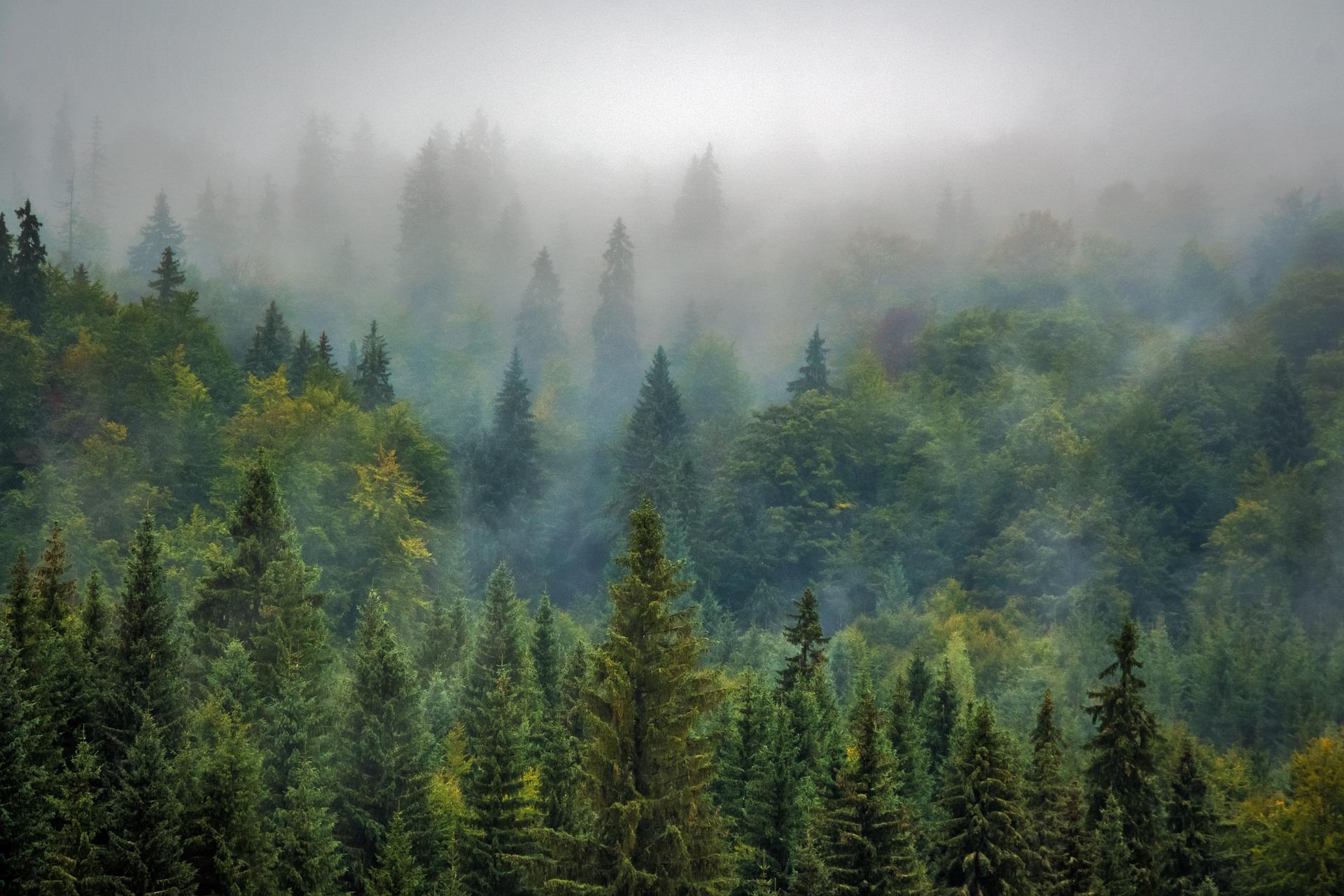Better representation of Northern Hemisphere vegetation may resolve a scientific debate over how global temperatures changed during the past 12,000 years. Our new climate model experiments that include these vegetation changes exhibit a peak in global temperature around 6,000 years ago. This peak agrees well with previous studies using paleoclimate archives to reconstruct past temperatures.
Over the last 12,000 or so years, during a period we call the Holocene epoch, human society grew from a small population of hunter-gatherer communities to the global civilization of the modern day. Scientists view the Holocene as an important period for placing today’s human-driven global warming in context with the natural background climate. However, Holocene climate changed over thousands of years, whereas today’s temperature changes are occurring on a scale of only a century. Despite the Holocene taking place in Earth’s recent past, there is still debate among scientists regarding how global temperatures changed during this period.
In fact, archived samples of earth used to indirectly measure past temperature, called
proxies, show a peak in global temperature around 6,000 years ago, known as the Holocene thermal maximum. After this peak, proxies show 6,000 years of cooling that lasted until the rapid human-caused spike in global temperature that started just over a century ago. In contrast, previous studies that used climate models to reconstruct the past 12,000 years of Earth’s temperature history exhibit a gradual warming throughout the Holocene. Therefore, proxies and climate models disagree over the history of Earth’s temperatures, and this disagreement, referred to as the “Holocene temperature conundrum,” has confused scientists for years. Given the importance of the conundrum, my coauthors and I wanted to find a resolution.
At the same time as the Holocene thermal maximum, there was an increase in vegetation relative to today. Records of plant pollen from this time hint that vegetation coverage expanded across the Northern Hemisphere. In the African Sahara, shrub and grassland thrived in place of today’s desert. In the mid-latitudes, temperate forests spread and overtook grasslands. And in the Arctic, boreal forest crept north at the expense of tundra.
Yet, the climate models exhibiting gradual warming through the Holocene did not account for these large changes in vegetation. Some of the models attempted to include these changes – they used what we refer to as “
dynamic vegetation models” that allow plants to grow based on the predicted climate – but even these models failed to grow enough vegetation to match the pollen records.
Seeing an opportunity, we performed climate model simulations using the
Community Earth System Model, known as CESM, and specifically included the expansion in Northern Hemisphere vegetation during the Holocene to better match the pollen records. When we ran our experiments, we saw something extraordinary: rather than a gradual warming like in previous climate modeling studies, our set of experiments exhibited a peak in global temperature 6,000 years ago followed by thousands of years of cooling that lasted until the recent human-driven temperature spike. In fact, at the peak before the cooling phase, our climate model experiments with increased plant cover were as much as 0.8°C, or about 1.5°F, warmer than the experiments without it. By better matching our model’s vegetation to the pollen records, our new temperature estimates also aligned much better with proxies for temperature. Thus, our findings highlight that improving the representation of vegetation in climate models can help resolve the Holocene temperature conundrum.
It is important to note that the increase in vegetation during the Holocene originated from a warming that was already underway. Changes in the
configuration of Earth’s orbit around the Sun and the melting of remnant ice sheets from the last glacial period first triggered the warmth in the early Holocene. The increase in plant cover then amplified this warming, leading to the Holocene thermal maximum.
While our understanding of Holocene temperature and vegetation has greatly improved with several studies from the last decade, many unknowns remain as information continues to be gathered. To ensure that we acknowledged these unknowns with respect to Holocene vegetation, we created a range of vegetation outcomes in our experimental design by separately modifying vegetation in Africa, the Northern Hemisphere mid-latitudes, and the Arctic. Yet, every outcome with increased vegetation led to the conclusion that Northern Hemisphere vegetation helped drive the Holocene thermal maximum around 6,000 years ago. Our study highlights how one specific factor – vegetation – affects global temperature on timescales of thousands of years.
Original Article:
Thompson, A. J., Zhu, J., Poulsen, C. J., Tierney, J. E., & Skinner, C. B. (2022). Northern Hemisphere vegetation change drives a Holocene thermal maximum. Science Advances, 8(15). https://doi.org/10.1126/sciadv.abj6535
 Earth & Space
Earth & Space



